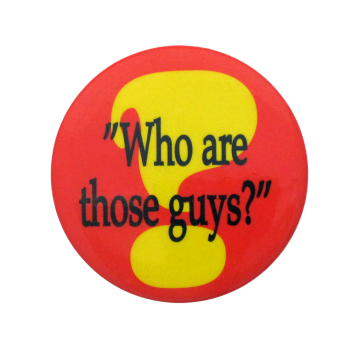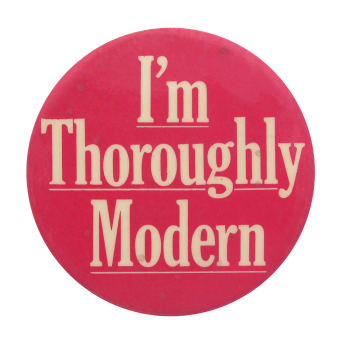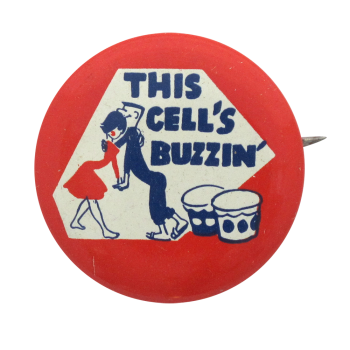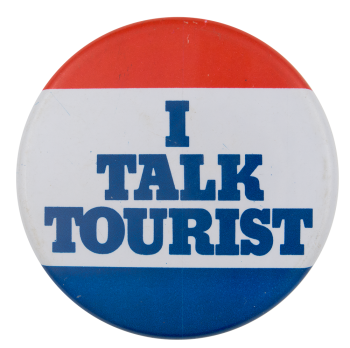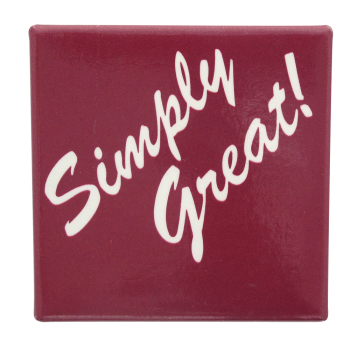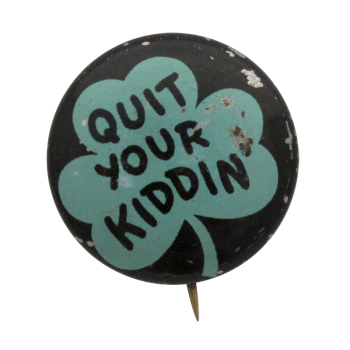Who Are Those Guys
| Category | |
|---|---|
| Additional Images | |
| Sub Categories | |
| Text on Button | "Who are those guys?" |
| Image Description | A quote in black text on a yellow and red background. |
| Back Style | |
| The Shape | |
| The Size | |
| Additional Information | The film Butch Cassidy and the Sundance Kid was released in 1969 and starred Paul Newman and Robert Redford as the two double-crossing comedic cowboys. The iconic bank and train robbers are running from the law and can’t seem to shake their pursuers, repeatedly asking, “Who are those guys?” as they continue to track and find them. This line becomes a catchphrase. Butch Cassidy: Ah, you're wasting your time. They can't track us over rocks. The phrase “Who are those Guys?” would later be used by the band New Riders of the Purple Sage for their eighth studio album in 1977. |
| Catalog ID | EN0077 |

